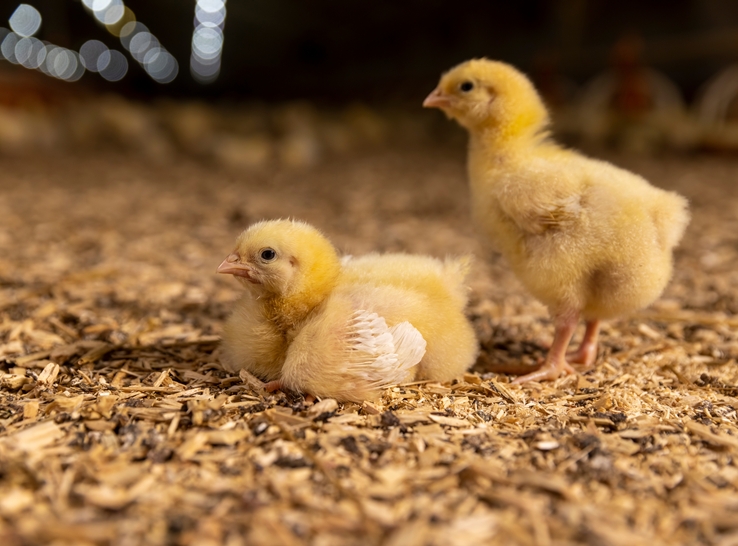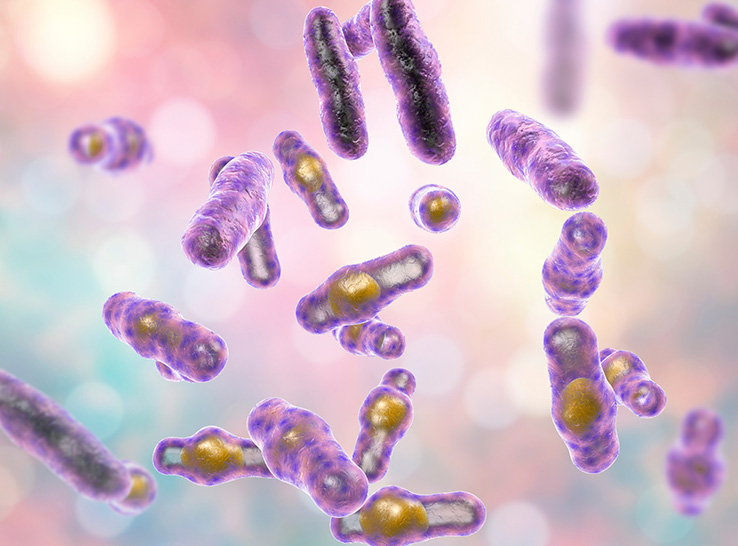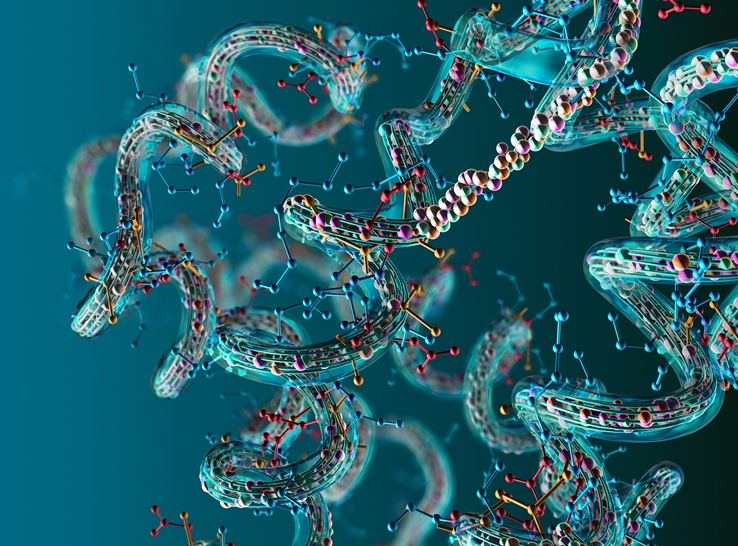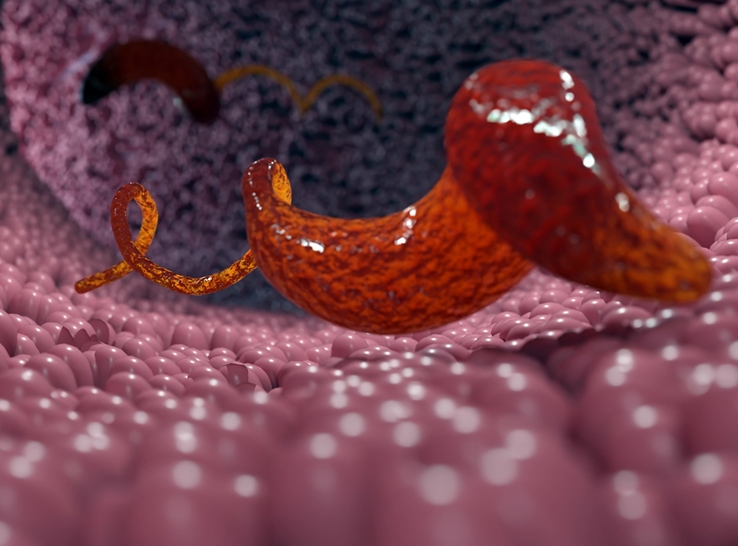In this age of “no antibiotics ever” farming, the re-emerging necrotic enteritis (NE) disease caused by Clostridium perfringens poses a major economically important health concern in poultry, particularly in broiler flocks, says Ravi Kulkarni, BVSc, assistant professor at North Carolina State University.
Identifying biological indicators, such as a specific class of volatile organic compounds (VOC), during NE development may help initiate prompt disease control measures.
In this study, Kulkarni and colleagues aimed to identify NE-specific VOC, including reduced sulfur compounds (RSC) in the feces/manure as well as environmental (i.e., air) samples collected during the 4 day-period of NE development using an experimental infection model in broiler chickens.
Reproduce, evaluate, validate
The project had three objectives:
- Reproduce NE in broiler chickens using an experimental perfringens challenge model.
- Evaluate changes in the composition of VOC/ RSC during the early and late stages of NE disease progression in birds using gas chromatography-mass spectrometry (GC-MS) and identify VOC/ RSC patterns associated with NE.
- Validate GC-MS method development findings with portable or handheld air-analysis device(s).
To reproduce NE experimentally in broiler chickens, researchers sought to use a dysbiosis-based NE model development that did not include the use of coccidia infection for NE predisposition.
Seven field strains of C. perfringens were used to infect birds to evaluate their relative disease-producing abilities.
Results showed that two of the strains were found to be highly pathogenic to broilers and the gross and histopathology lesions were characteristic of clinical NE.
A total of four animal experiments/ trials were conducted to identify NE-specific VOC during disease development; manure and air samples were collected and analyzed by GC-MS. The data indicated that certain amines emitted from the manure correlated with the incidence of NE.
Effect on litter
Investigators also looked at the effect of litter acidification on NE development in comparison to non-acidified litter control group and thereby, any effect of treated litter on VOC emission.
Results showed that there was no statistically significant difference in NE lesions between the two treatment groups. However, manure samples collected from NE-impacted birds exhibited higher concentrations of two amines when compared to those collected from uninfected control birds.
Extensive testing of a hand-held analyzer to determine RSC emitted from samples collected from infected and uninfected birds proved to be inconclusive, and both sample types had very low levels of reduced sulfur concentrations.
Collectively, the findings showed that:
- It is possible to reproduce NE in broiler chickens;
- Two specific amine VOCs appear to be positively correlated with the incidence of NE in broiler chickens and that further work is required to validate these findings under commercial farm setting;
- Upon validation, calibrating a low-cost, portable GC may provide an avenue for screening for this disease in the field.
Although further validation is required to extend findings to future field applications, the two VOC (amines) may serve as indicators of NE screening in flocks, and thus could aid in early NE detection, Kulkarni reported.
Furthermore, he said findings can be applied to the development of a method suitable for identifying rapid and reliable NE detection precision tech-tools.
This research, which was funded by the US Poultry & Egg Association and the USPOULTRY Foundation, was made possible in part by an endowing Foundation gift from Case Farms and proceeds from the International Poultry Expo, part of the International Production & Processing Expo (IPPE). The research is part of the Association’s comprehensive research program encompassing all phases of poultry and egg production and processing. In total, $35.7 million has been invested in research by the Association and Foundation.
Editor’s note: Content on Modern Poultry’s Industry Insights pages is provided and/or commissioned by our sponsors, who assume full responsibility for its accuracy and compliance.








